Homeowners Insurance: What Affects the Premium?
Have you ever wondered how your homeowners insurance premium is determined and what factors contribute to the cost? If so, you’re not alone. Many of us secure a homeowners policy during the escrow process when buying our first home. We take the first policy that we can get our hands on, and away we go. It’s only later, that we stop to consider why we’re paying what we are. Here’s a little insight: Your insurance premium is based on probability of loss and associated cost to repair/replace/rectify. Since insurers are in the business of determining risk (literally), your premium will be set based on factors that determine your risk. The lower the risk, the lower the expense of insuring a home. And conversely, the higher the risk, the higher the premium.
Location
When shopping for your home, your real estate agent most likely emphasized location, location, location. Insurers agree. Population density, proximity to a fire department, crime rates and geographic location are all factors when determining premium. Your insurance company will have loss history in your given area which will help predict the likelihood of loss and cost of average claims.
The Home Itself
Starting from the ground up – the foundation, type of construction, windows, doors, flooring, cabinetry, Heat/AC, interior sprinkler systems, design attributes, and finally the roof, all have a bearing on insurance rates. Think about how well your home is built, the materials used and how old the roof is. These factors can determine both how likely it is that you’ll suffer a loss and also the cost associated with covering that loss. Also, think about what it would cost to rebuild your home in the event of a total loss. Remember, construction rebuild costs can vary significantly across a state or region and are not necessarily tied to real estate market values.
You (The Homeowner)
In some ways, your premium is influenced directly by you. The value of your personal property (contents of the home), your liability protection limits, as well as your credit and/or insurance score will all have an impact on your insurance premium. If you have high valued items such as jewelry, fine arts, firearms or a silverware collection from great-grandma, you’ll likely need more contents coverage than the average homeowner. Whether you need $300,000 or $1,000,000 – your limit of liability protection will affect your rates, as will your history of filing insurance claims and possibly, your credit score. How you choose to protect your home can impact your premium as well. For instance, installing smoke detectors, fire extinguishers, dead bolt locks and fire/burglar alarms can provide discounts. Increasing your deductible will also lower your premium, as will bundling multiple insurance policies with the same carrier.
The Good News
An independent agent who writes with many different carriers can help you determine which insurer offers better rates for homes in coastal regions or where to find the best coverage and value if you own a farm. In addition, insurance rates will vary based on loss history and can fluctuate accordingly from company to company. An independent agent can provide options and will shop your coverage to find the absolute best fit for your particular needs. Contact me today. Together, we’ll work to find a policy that works for you.

